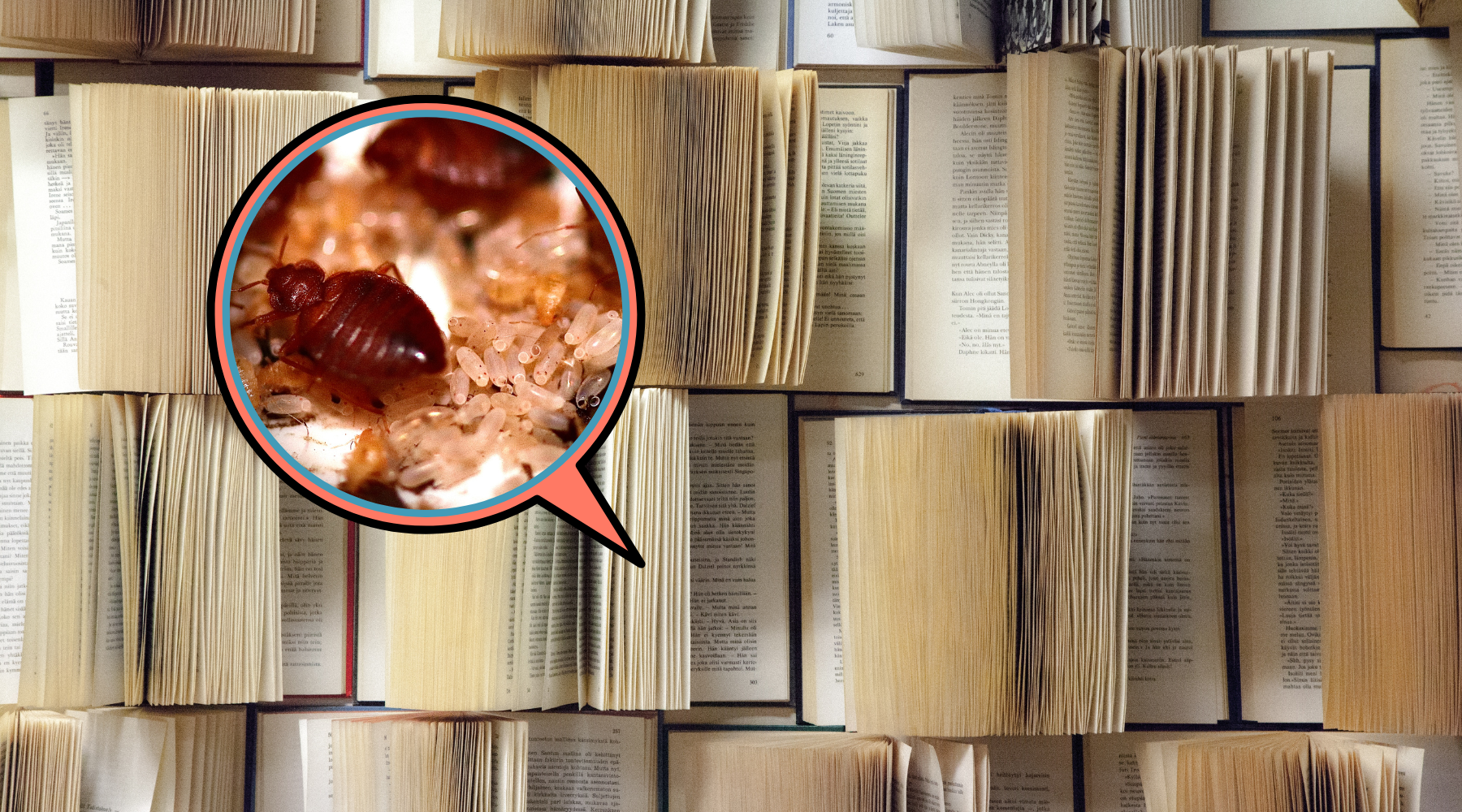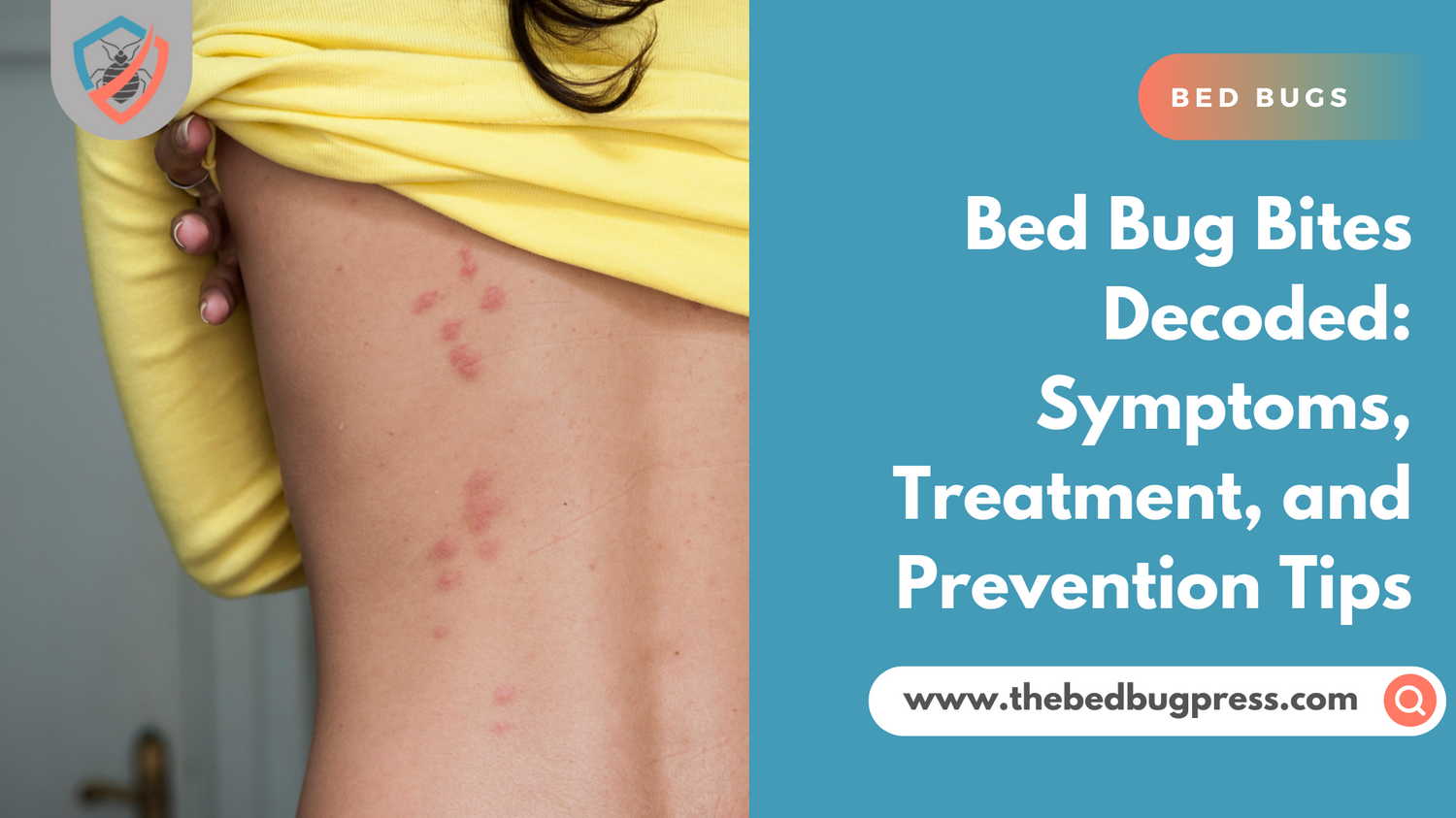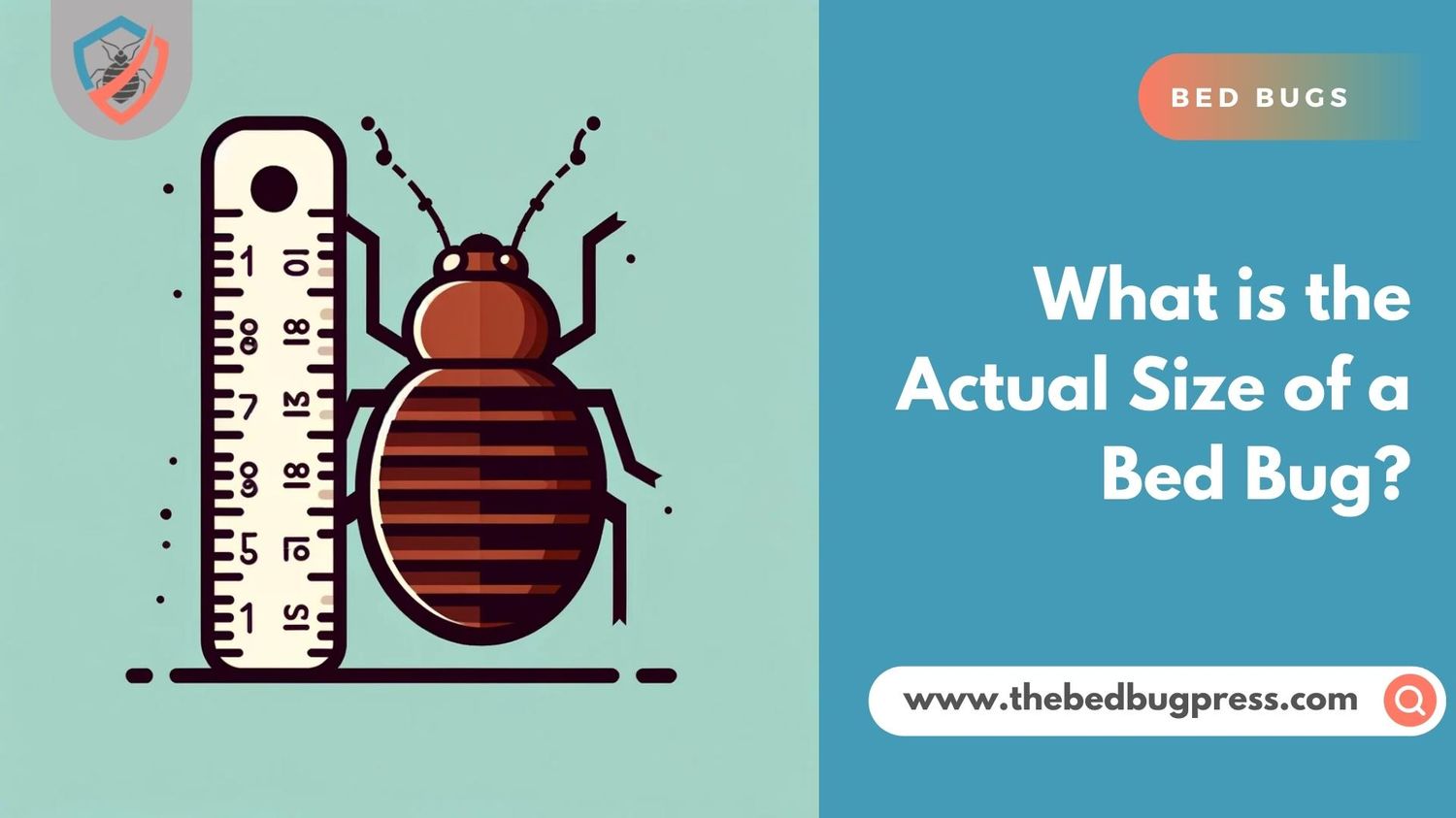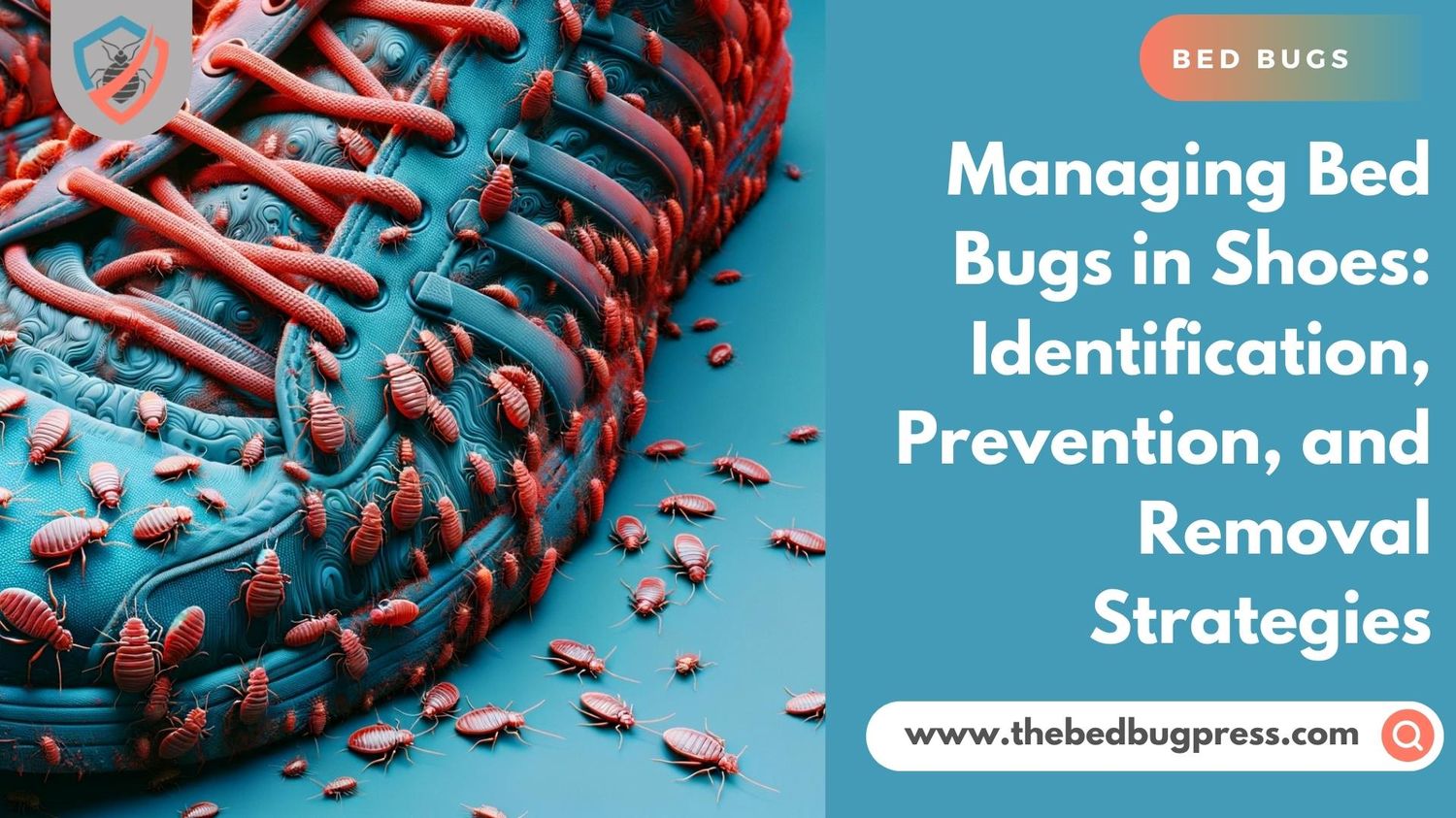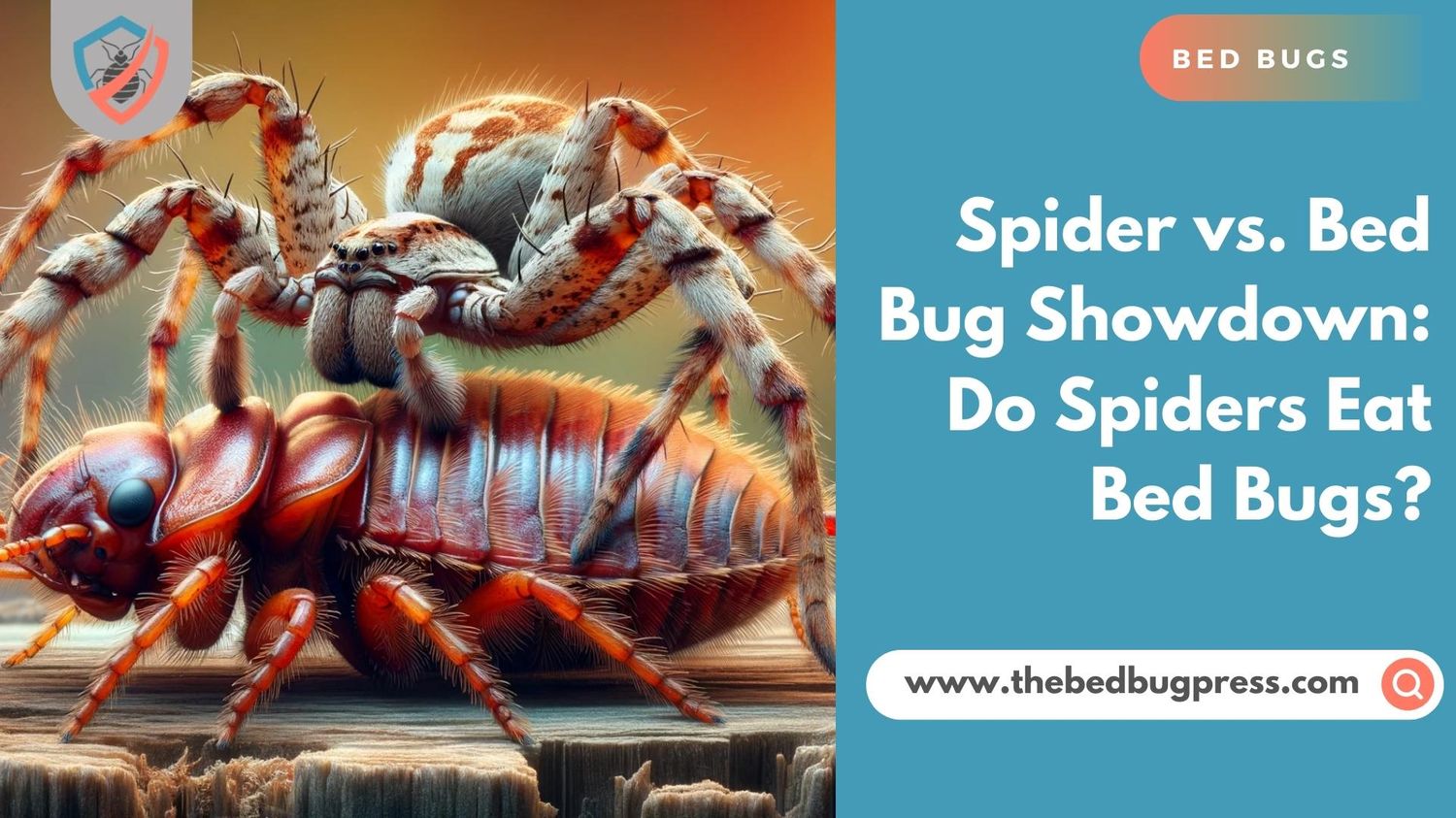Most people would associate bed bugs with furniture and mattresses. However, there is now a growing concern about the potential infestations in bookshelves and libraries as bed bugs hide in books.
The unsettling idea of bed bug eggs between pages and live bed bugs lurking within the pages of cherished novels concerns many and the methods to eradicate them.
If you love reading and storing books, you must learn the possibility of bed bugs in books and the things that you can do to eliminate them, ensuring your reading materials remain pest-free.

Is It Possible to Find Bed Bugs in Library Books?
It is indeed possible to find bed bugs in library books. Bed bugs are small, nocturnal insects that are excellent at hiding in tight spaces, and books provide an ideal hiding spot for them. These little pests can easily crawl into the pages, bindings, and crevices of books, making libraries a potential breeding ground for bed bugs.
Aside from hitchhiking on clothing, bags, and furniture, they can also easily transfer from one book to another. Additionally, when individuals unknowingly return infested books to the library, the bed bugs can quickly spread to other books on the library book shelves.
The presence of bed bugs in library books can pose a significant challenge as these books are frequently borrowed and returned, increasing the risk of infestation. Libraries need to be vigilant in identifying and addressing potential bed bug issues to prevent the spread of these pests to other materials and library patrons’ homes.
Can Bed Bugs Live in Books?
Bed bugs can indeed live in books. While they are commonly associated with bedding and furniture, these resilient pests can also infest most hardcover books and hide within the pages, bindings, and crevices of books. Bed bugs are adept at hiding in tight spaces, and the compact environment of a book provides them with an ideal hiding spot.
Books offer various hiding places for bed bugs, including the book’s spine, between pages, and within the folds of covers. These pests can crawl into books, lay eggs, and even molt within the pages, allowing them to establish a presence and potentially reproduce. Once inside, bed bugs can remain in books for extended periods, making it challenging to detect their presence.
The infestation of books can occur when bed bugs hitch a ride on infested items such as clothing, bags, or furniture that come into contact with the books. This can happen in libraries, homes, or other environments where bed bugs are present. If infested books are not properly identified and treated, they can serve as a source of bed bug infestation, spreading the pests to other books or locations.
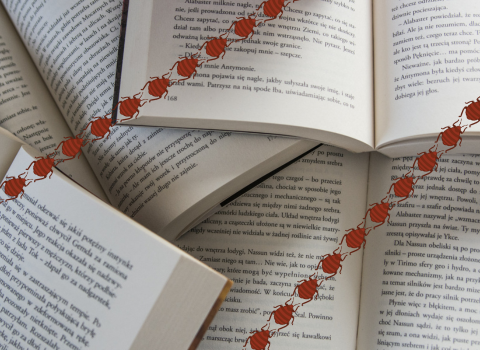
How Much Damage Can Bed Bugs in Books Cause?
The presence of bed bugs in books can result in various forms of damage, with the severity and duration of infestation playing a significant role in determining the extent of harm inflicted.
Here are some potential ways in which bed bugs in books can cause damage:
Physical Damage:
Bed bugs can leave behind visible physical evidence of their presence. They may leave fecal stains or dark spots on the pages of books, which can be unsightly and difficult to remove. Additionally, their excrement can lead to discoloration and deterioration of the paper.
Book Infestation:
Bed bugs can multiply and spread within books, leading to a growing infestation. As they reproduce, their population can increase, and more books can become infested. This can result in a significant loss of valuable or cherished reading materials if the infestation is not addressed promptly.
Bookbinding Damage:
Bed bugs can also cause damage to the binding of books. They may feed on the glue used in the binding, causing it to weaken or deteriorate over time. This can result in loose pages or even complete detachment of sections of the book.
Cross-Contamination:
If infested books are not properly isolated or treated, they can serve as a source of cross-contamination. Bed bugs can easily transfer from infested books to adjacent books on shelves or to other nearby items. This can lead to the spread of bed bugs throughout a library, home, or other environments.
Psychological Impact:
The presence of bed bugs in books can also have psychological effects on individuals. The idea of sharing reading materials with these pests can cause anxiety, discomfort, and reluctance to handle or borrow books, impacting the overall reading experience.
To mitigate the damage caused by bed bugs in books, it is crucial to address the infestation promptly. Contacting a professional pest control service is recommended to assess the extent of the infestation and determine the most effective treatment methods.
Additionally, implementing preventive measures, such as regular inspections, proper storage, and educating users about the importance of reporting suspected bed bug infestations beforehand, can help prevent grave damage and minimize the spread of bed bugs within libraries or homes.

Will Putting Books in the Microwave Kill Bed Bugs
While using a microwave to kill bed bugs may seem like a convenient solution, it is not recommended for treating infested books. Bed bugs are extremely resilient pests, and their eggs, nymphs, or adult bugs can survive microwave treatment if not done correctly.
Microwaving books may cause several issues:
Fire Hazard:
Paper is flammable and can ignite if exposed to high heat for an extended period. Placing books in a microwave can lead to overheating and potentially start a fire, posing a significant safety risk.
Uneven Heating:
Microwaves may not heat books evenly, which can result in some areas not reaching the necessary temperature to kill bed bugs. This can lead to ineffective treatment and the survival of the pests.
Damage to Books:
Microwaving books can cause them to warp, scorch, or even emit an unpleasant odor. This can result in permanent damage to the books, making them unsuitable for reading or further use.
Promptly address any signs of bed bug infestation to prevent the spread of these pests and protect your reading materials.
Will Freezing Books Help Kill Bed Bugs?
Freezing books can be an effective method to kill bed bugs and their eggs. Bed bugs are highly susceptible to extreme temperatures, including freezing temperatures. By subjecting infested books to freezing temperatures, you can eliminate the bed bug eggs and bugs without causing damage to the books themselves. Thus reducing the bed bug population effectively.
Here’s a complete guide on how to effectively freeze books to kill bed bugs:
Isolate the infested books:
Place the infested books in sealed plastic bags to prevent bed bugs from spreading to other items during the freezing process. Make sure the bags are tightly sealed to create an airtight environment.
Lower the temperature:
Place the sealed bags of books in a freezer set to or below 0°F (-18°C). Ensure that the temperature remains consistently low throughout the freezing process.
Duration of freezing:
Bed bugs and their eggs require a certain amount of time at freezing temperatures to be effectively killed. It is recommended to keep the books in the freezer for at least several hours to 4 days to ensure thorough eradication.
Thawing:
After the freezing period, remove the books from the freezer and allow them to thaw at room temperature. Ensure that the books are completely dry before handling or storing them to prevent any potential damage.
Freezing is most effective when used as part of a comprehensive treatment plan for bed bug problem. If your home or library is experiencing a widespread bed bug infestation, it is advisable to contact a professional pest control service to assess the situation and provide appropriate guidance.
Is Putting Bed Bug-Infested Books in the Oven Effective?
Using an oven to treat bed bug-infested books is not recommended and can be potentially dangerous. While high temperatures can kill bed bugs and their eggs, using an oven for this purpose poses the same risks using a microwave.

Best Methods to Get Rid of Bed Bugs in Books
When it comes to getting rid of bed bugs in books, it’s essential to consider methods that effectively eliminate the pests without causing damage to the books themselves. Here are some of the best methods to treat bed bug-infested books:
Isolation and Inspection:
Immediately isolate the infested books in sealed plastic bags to prevent the spread of bed bugs to other items. Thoroughly inspect the books for any signs of infestation, such as live bugs, eggs, or fecal stains. Identifying the extent of the infestation is crucial for determining the appropriate treatment to remove bed bugs.
Freezing:
Place the sealed bags of infested books in a freezer set at or below 0°F (-18°C). Keep them in the freezer for at least 4 days to ensure that the freezing temperature kills the bed bugs and their eggs. Freezing is a safe and effective method for treating bed bugs in books without causing damage.
Heat Treatment:
Professional heat treatments using specialized equipment can effectively kill bed bugs in books. The books are exposed to high temperatures that are lethal to bed bugs but safe for the books. It’s important to consult a professional pest control service for this method.
Vacuuming:
Use a vacuum cleaner with a nozzle attachment to carefully vacuum the surface of the infested books. Pay close attention to seams, crevices, and the small spaces in between pages. Empty the vacuum bag or dispose of the contents in a sealed plastic bag immediately after vacuuming to prevent the bed bugs from escaping.
Desiccant Dusts:
Silica gel or diatomaceous earth, which are natural desiccant powders, can be lightly dusted on infested books. These powders work by dehydrating the bed bugs and causing their demise. However, use caution and only apply a small amount to avoid any potential damage or stains to the books.
Professional Pest Control:
For severe infestations or valuable books, it is recommended to seek the assistance of a professional pest control service. They can assess the situation, employ appropriate treatment methods, and guide you on protecting your books from future infestations.
Remember to monitor the treated books and surrounding areas to ensure that the infestation has been successfully eliminated. Additionally, implementing preventive measures such as regular inspections, good hygiene practices, and prompt action against any signs of bed bugs can help prevent future infestations in your books.

